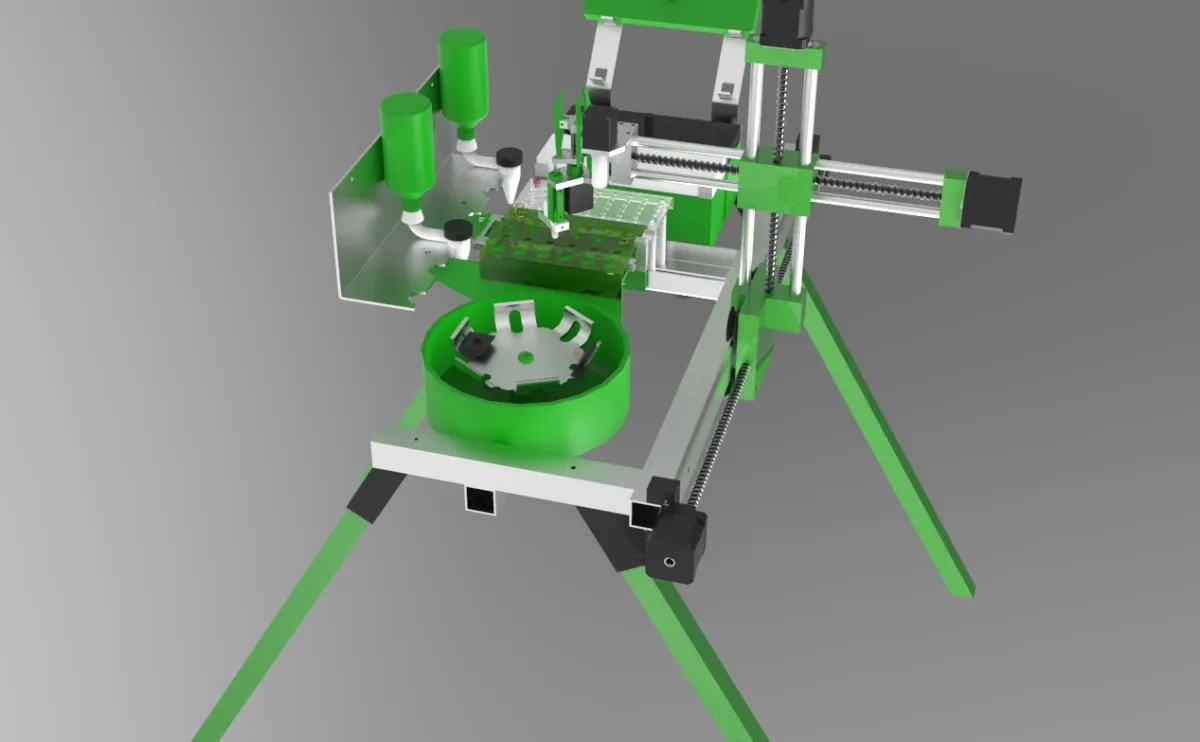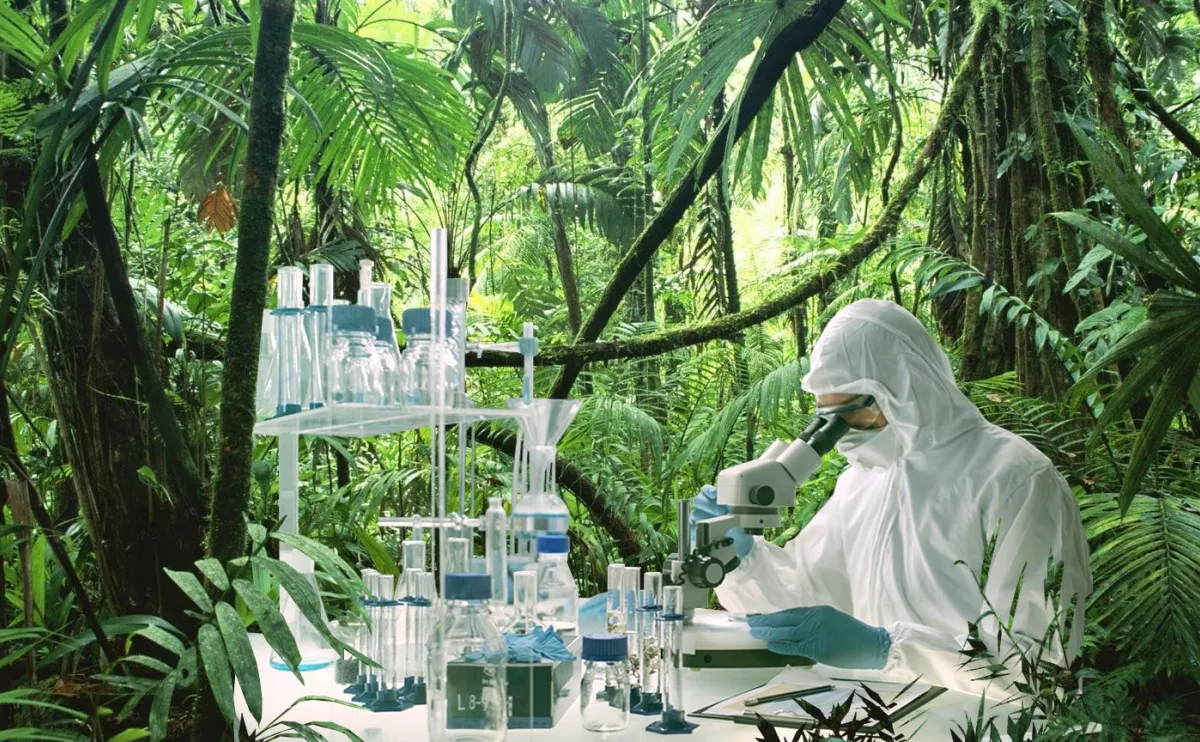
Accelerate biodiversity identification and referencement
Genorobotics - Project
Biodiversity preservation has become a major challenge of the XXIst century. The classical conservation and taxonomy approach no longer fit with the emergency of the situation. To fill the gap between new genomic conservation approaches and DNA sequencing technologies, GenoRobotics is developing a miniaturized tool to automatically process biological samples into the field and accelerate biodiversity identification.
Initiated in 2018, GenoRobotics started as a joint project between EPFL alumni and botanists to develop field tools for an expedition in the primary rainforests East of Madagascar. This highlighted the need for a solution to perform on-site DNA analysis in harsh environment. Therefore, GenoRobotics' goal is to popularize the access to DNA analysis for field applications by developing a fully portable, rugged and automated DNA analysis solution including DNA extraction and sequencing.
The project's focus is on biodiversity monitoring and plant species identification with the aim to reduce sample exportation, accelerate classification, characterize changes in ecosystem dynamics and ultimately enhance targeted conservation efforts. The first case studies will be the primary rainforests of Madagascar and Borneo as well as the East coast of Greenland. Each development phase will lead to prototypes tested in the field during a scientific expedition, in which students will be able to take part.
To achieve this device, the GenoRobotics team is composed of EPFL students and National Institute of Applied Sciences of Lyon (INSA Lyon) students, coordinated by EPFL alumni. To validate the improved prototype and evaluate the main specifications' performance, we can count on partnership with the Natural History Museum of Geneva and the Boise State University (BSU) to test the device in harsh environments. These collaborations will also provide international visibility with scientific expeditions using the device around the world


Academic Supervisors